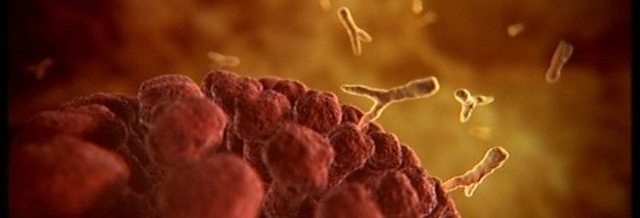How are steroids produced?
How are steroids produced in the body, what is a mechanism of production of testosterone and related compounds? Our body does not produce only testosterone, but few other substances too, that are quite similar to testosterone in structure and function.
Chemically all the hormones produced in our body are proteins, or peptides, or steroids. Protein hormones are large molecules that are water solvent (like FSH and LH), while steroids are soluble in organic solvents, and peptides (like GnRH) come somewhere in between. The human body produces various types of steroid hormones with different functions, and sex hormones are one of them. Male sex hormone testosterone along with its so-called active metabolites are collectively called androgenic-anabolic steroids (AASs).
In men, testosterone is primarily produced in testicles. However, it is also produced in small amount by adrenals. Further, testosterone and its derivatives are created by other peripheral tissues (non-endocrinal glands). Among the non-endocrinal tissues that play an essential role in testosterone metabolism are liver, intestine, fat, skin, and kidneys.

In short, 90% of testosterone in men is produced by testicles, rest by adrenal glands. However, a large amount of it is metabolized by the liver, kidney, skin, and fat cells. During metabolism, certain intermediaries are created that may be even stronger than testosterone itself like dihydrotestosterone (DHT) formed by the skin. It means that at any particular time there are many androgenic-anabolic steroids (AASs) circulating in the blood.
Therefore, synthetic anabolic steroids not only act differently because they have slightly altered chemical structure than testosterone, but also because they are metabolized quite differently. It also means that each anabolic steroid has different androgenic-anabolic ratio, and safety profile.
So how do various glands produce steroids, or how do testicles make testosterone? Well, for all the steroid hormone production cholesterol serves as a primary material. Yes, we are talking about the same cholesterol that is thought to be implicated in the heart diseases. However, at the same time cholesterol is an indispensable thing. Not only cholesterol is needed to produce all the steroids, but the majority of cell membranes are also created by using cholesterol.
Since cholesterol is necessary for our existence and is required in decent quantities by our body, it is not an essential nutrient. It means that our body can produce cholesterol. Thus for generating steroids testis either use cholesterol circulating in the blood and if there is not enough of it, then the body can synthesize it de novo from acetate.
Cholesterol is converted to steroids with the help of a number of enzymes that are encoded by our genes. These enzymes act on cholesterol, spend energy and produce pregnenolone. Pregnenolone can get converted into just any kind of steroidal hormone (testosterone, estrogen, corticosteroids, and so on) with the help of various enzymes. That is why pregnenolone is referred as “mother” of all steroids.
Hence, we can say that testosterone is produced from cholesterol in the testicles and adrenal glands. There are two other processes worth knowing. Fat cells convert androgens to estrogens (female hormones), which means that a high amount of fat is not good for men (even for women). While skin creates a highly active form of testosterone called DHT.
Finally, it is worth mentioning that production of steroidal hormones in glands, fat cell, and skin are all controlled by genetics. That explains the vast individual variances.

